Unstoppable Spirit : India Makes History at the ITTF Youth Worlds with a Brilliant Silver
In a milestone moment for Indian table tennis, the U-19 Boys’ Team clinched a historic silver medal at the 2025 ITTF World Youth Championships held in Cluj-Napoca, Romania. Though the young squad fell 0–3 to a strong Japanese team in the final, their journey has ignited hope, pride, and new dreams for Indian table tennis. For the first time ever, an Indian boys’ team reached the final of this premier global event, an achievement that places them firmly among the world’s best.A Journey Written with Courage and BeliefThe path to the final was filled with pressure, grit, and immense determination. The Indian trio—Ankur Bhattacharjee, P.B. Abhinandh, and Priyanuj Bhattacharya—carried not just their paddles but also the dreams of millions of young Indian paddlers hoping to make it big. Their breakthrough moment came in the semifinal clash against Chinese Taipei, a team known for its speed and precision. India edged out a thrilling 3–2 victory, showcasing maturity far beyond their age. Every point was fought like it was their last. Every rally echoed their growing confidence on the world stage. This victory marked the first time India had ever entered a World Youth Championships final, a landmark achievement in the history of Indian table tennis.The Final Against Japan: A Battle of Nerves and SkillIn the final, India faced Japan, one of the strongest youth table tennis nations in the world. Japan’s consistency, tactical discipline, and lightning-quick reflexes have made them global powerhouses, and their performance in the final lived up to that reputation. The opening match saw Ankur Bhattacharjee take on Ryuusei Kawasaki of Japan. What followed was a spectacular five-set battle filled with breathtaking rallies and courageous comebacks. Bhattacharjee fought till the last moment, eventually going down 2–3. His performance, though ending in defeat, showed incredible heart and skill qualities that make champions. The remaining matches also went in Japan’s favor as India lost the tie 0–3, settling for silver. But even in defeat, the boys walked off with their heads held high. This wasn’t just a result; it was a statement that India has arrived.Understanding the ITTF World Youth ChampionshipsThe ITTF World Youth Championships is one of the biggest and most respected table tennis tournaments for young players under 19 and under 15. It replaced the older World Junior Championships in 2021 after the International Table Tennis Federation introduced a broader, more exciting format. The event features two team competitions and five individual events in both age categories, giving young paddlers many chances to prove themselves on the global stage. Every year, the championship brings together the world’s best rising talents—players who often go on to become Olympians and world champions. The 2025 edition in Cluj-Napoca, Romania, continued this tradition with high-level matches, emotional moments, and inspiring performances from young athletes across the world.Why This Silver Medal Matters for IndiaThis silver medal is far more than a place on the podium; it marks a true turning point for Indian table tennis. For years, India has produced stars like Sharath Kamal, Manika Batra, and G. Sathiyan, yet a team medal at the World Youth Championships had always remained out of reach. With this achievement, the U-19 boys have shattered that barrier and set a new standard for the country. Their success also sends a powerful message to thousands of young players practicing in small halls and crowded community centres across India—that their dreams are real and within reach. As these boys prepare to enter the senior circuit, the experience, confidence, and exposure they have gained in Romania will make India stronger at major events like the Asian Games, Commonwealth Games, and even future Olympics, giving the entire nation hope for even greater victories ahead.Behind every medal, there is a heartbeat. For Ankur, Abhinandh, and Priyanuj, this silver is not just a medal—it is a reflection of years of early morning practice, missed vacations, back-to-back tournaments, and countless sacrifices made by their families. Parents who stood by them. Coaches who guided them. Federation support that shaped them. The 2025 silver medal is more than a trophy. It is a promise. A beginning. A spark that will inspire the next generation.

.jpg)
.jpg)
.jpg)
.jpg)


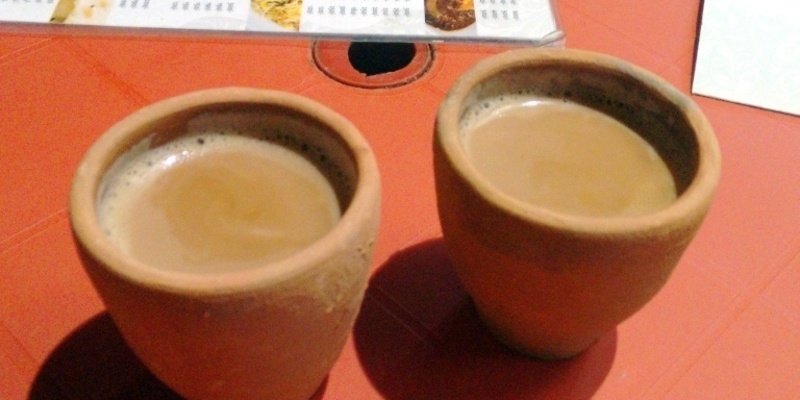

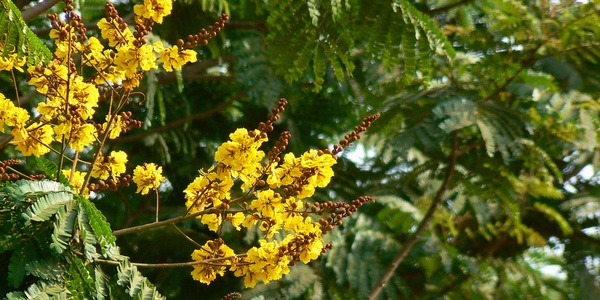



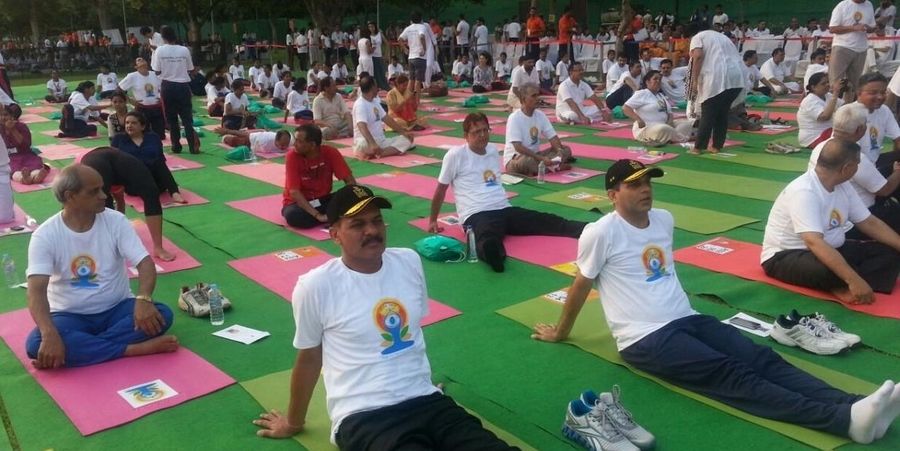


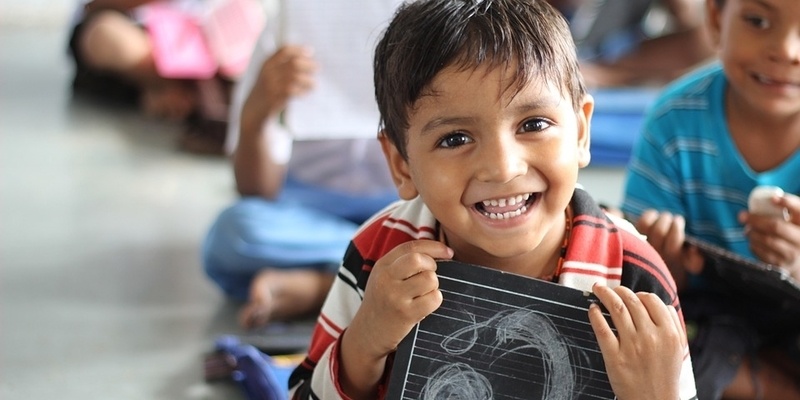
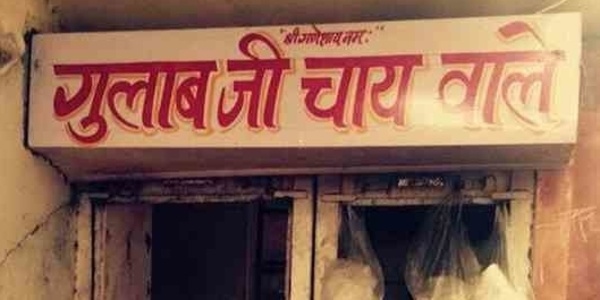

 (1).jpeg)
 (1).jpeg)
.png)
.jpg)



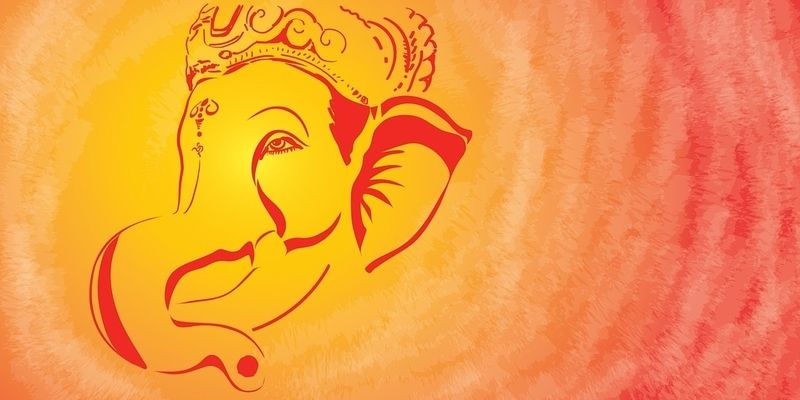

.jpg)
 (1).jpeg)
